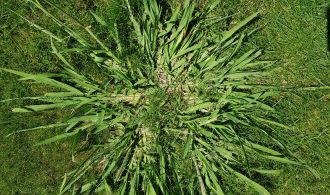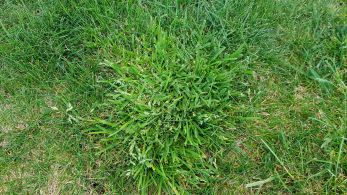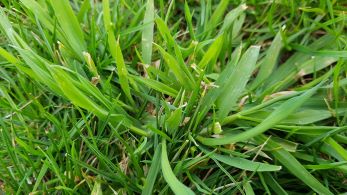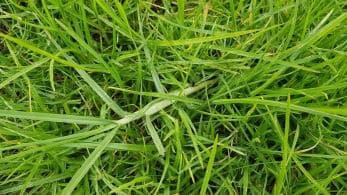Poa Annua
Poa Annua, commonly known as Poa, is one of the most common turf weeds and thrives in wet conditions. It typically appears during winter and spring and can be identified by its lighter green colour, faster growth, and distinctive whitish seed head that sits close to the ground. Because Poa is able to drop seed between mowing, it can spread quickly. It also responds strongly to fertiliser, so applying general fertiliser during this period will worsen the problem.
Poa is shallow-rooted and usually dies off once warmer weather arrives. If left untreated, this dieback can leave large bare patches in your lawn at the start of summer.
To control Poa, focus on maintaining a thick, healthy sward of grass heading into winter. Pendi-Pro fertiliser can be applied as it includes a herbicide and pre-emergent properties to inhibit the seeding and spread of Poa. Etho-Pro is an effective option for chemical control on Rye and Tall Fescue lawns.








